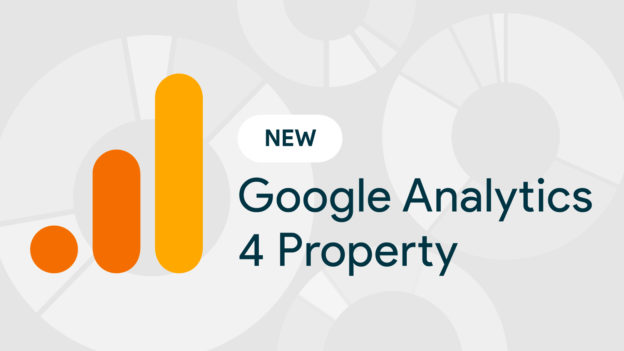Google Analytics is the most widely used tool on the web. It reports, tracks, and analyses traffic such as bounce rate and pages per session. Moreover, it provides essential analytics tools for search engine optimization. However, many users undergo the problem of finding and fixing duplicate transactions while using this tool. Here are the steps to help you out.
Before diving into the matter, what are duplicate transactions?
These are over-counted transactions over a specific period and create a mess in your Google Analytics data.
How can you detect a Duplicate Transaction in Google Analytics?
Google Analytics provides affordable SEO services to improve your strategies, but at the same time, more than one transaction can be recorded. If you’ve ever received a GA audit with a record of similar transactions but don’t have an idea of how it came to be, follow these steps to locate one:
Step 1: Create a New Report with a List of Transactions and Transaction ID.
To create a new report with a transaction list, go to Google analytics, press customization, and then create a custom report. After that, add transactions as metric and transaction ID as dimension.
Step 2: Filter Report for Transactions.
After obtaining a new report, save the filtered report by pressing the transactions tab then click the advanced option.
Step 3: View the Total Percentage of Similar Transactions within the Timeframe
Here you’ll view a list of all transactions as well as the total transaction hits sent to Google Analytics.
Now that you have obtained an accurate analytics report of the total percentage of identical transactions in your GA account, you might be wondering how to fix and block them from happening again. Check out the following steps to prevent a recurrence of this issue:
How to Fix Matching Transactions in Google Analytics
These similar transactions can be fixed or prevented by either of the following ways:
Google Tab Manager.
Using a Google tab manager will enable you to block duplicate transactions by using the correct codes. Therefore, you will need to set up a tag to write out a cookie any time a user visits the page. If the user tries a new attempt, it will automatically load a new page.
Server-Side Changes
Another effective way to prevent similar transactions is through the server-side. This is the best and most reliable method to fix similar transactions. Here you are required to send the code only once on a specific page. For better results, use a database record to add a timestamp.
Many people face the challenge of getting more than one transaction in Google analytics. These problems affect your data in several ways such as dropping your data accuracy. Furthermore, they arise when a transaction is sent to GA each time the thank you page is opened. However, there are easy steps to locate and fix the issue. If you’ve just encountered unusual activities that resemble corresponding transactions, follow the steps outlined above to help you detect and fix them.














